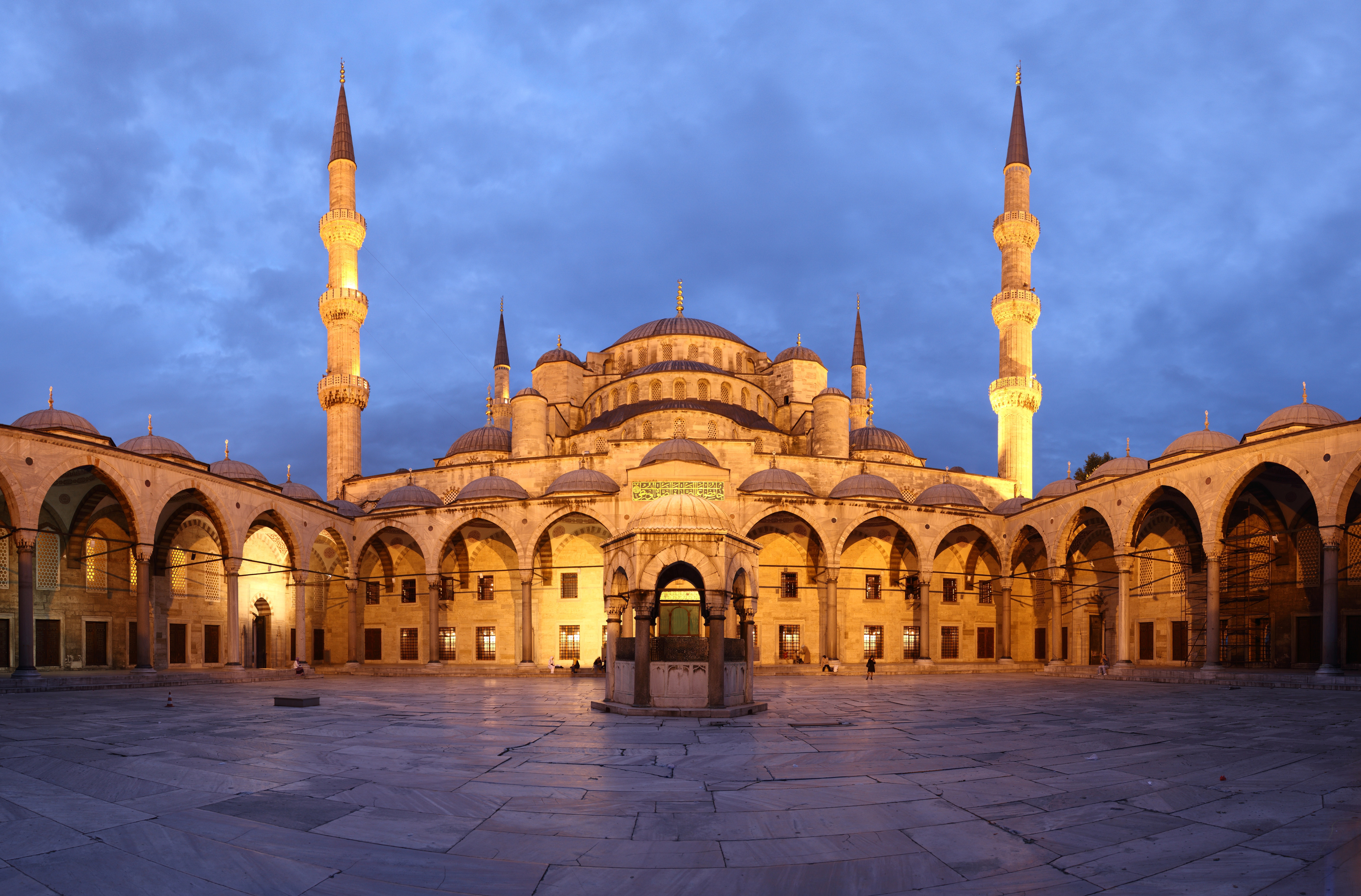He waits by the Target on Route 1. His body tilts to the right as he paces the sidewalk, a tilt he has had since his accident. He looks across the street for me, but I am late that day and he doesn’t have a cell phone to call me. He asks a few students coming out of Target if they can dial my number to let me know that he is here waiting. He has learned long ago not to ask to use their phones. They walk away quickly, and at a safe distance, they call the police. “A suspicious man outside of Target.” That is what they called my father — a handicapped Muslim — just outside of a university that continues to pride itself on the ideals of diversity, inclusion and social justice.
It is easy to blame the incident on President Donald Trump’s recent remarks on Muslims. However, long before Trump emerged in the political arena, we had already seen Islam increasingly being addressed and taught within a political context. After 9/11, Islam became commonly understood as a political ideology, one that posed a great danger to American interests not unlike the way communism was perceived amidst the Cold War. As a result, what we often overlook amidst uncertainty and fear is both ideologies and religions are inherently benign, and to wage a war against either would be as ambiguous and as uncertain as waging a war against terror.
What we see shaping within the Middle East is not exactly radicalization, but rather anger, a sentiment armed with a suspicious supply of weapons and the false, yet convincing illusion of religion. The argument against smearing Islam as a violent religion can be found in the name itself. Islam. It means peace. Assalamu alaikum. Peace be onto you.
But in a region that houses a large portion of the world’s Muslims, we are seeing some of the worst and most terrifying scenes of violence. If Islam means peace, and the majority of the citizens in these countries are Muslim, then why are we seeing too much of the opposite? This is where the distinction between political and religious movements becomes crucial. What is happening in the Middle East is merely an anticipated and hardly surprising response following years of an oppressive military presence in the region. In 2014, CBS News reported “at least 12 of the top leaders of ISIS” had been prisoners of Camp Bucca, known as one of the “toughest” American military prisons. This suggests the U.S. has created — through the brutal and reckless governance that occupation demands — the very enemy it seeks to destroy. Those who had once been ordinary Arab men, quite indifferent about America, had suddenly become men who vehemently sought its destruction. Through torture and other illegitimate practices of occupation, the U.S. had instilled in many previously innocent men a relentless desire to seek vengeance against their perpetrators. In this way, the terrorist threat was created and multiplied.
Furthermore, we must understand that radicalization does not only take place within the strict confines of a religion. It takes place within militaries, within a mass of frustrated civilians, and yes, it even takes place within a democracy. We must be willing to apply those terms that we use liberally in the studying of individuals and countries foreign to ourselves, and to movements within our own society as well. We should acknowledge instances of radicalization where they take place in our politics and within our own groups of angry citizens. And finally, we must demand an end to the established practice of training students and government officials alike to think of those from the Middle East and North African region as passive recipients of disastrous policies.
Aiyah Sibay is a senior English major. She can be reached at AK_Sibay@hotmail.com.



